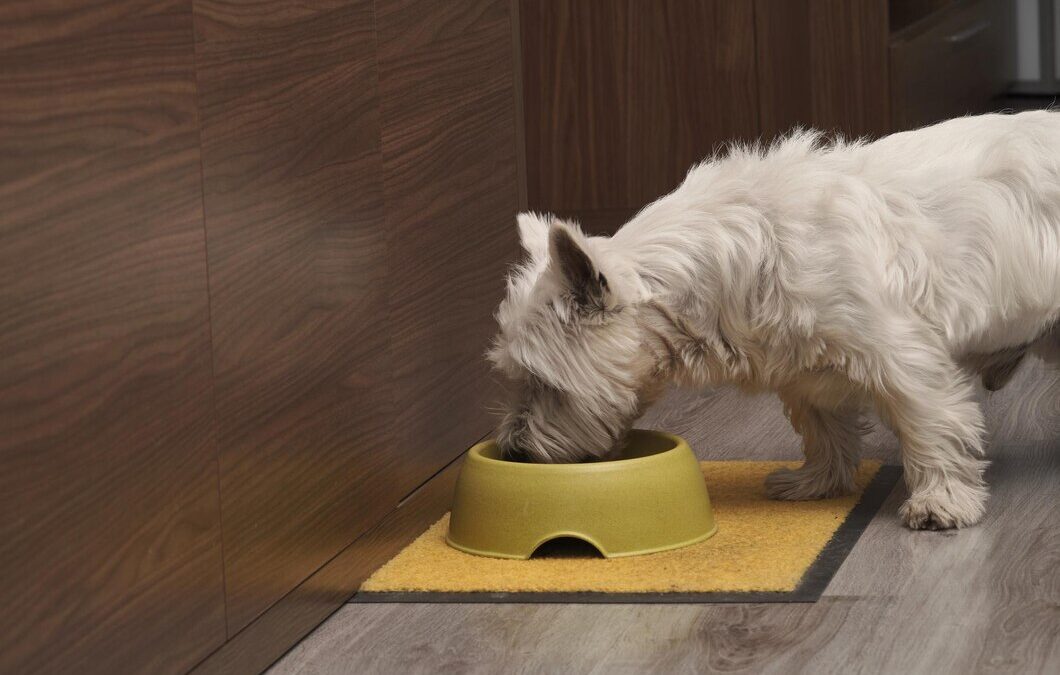Ensuring the health and happiness of our pets is a top priority for pet owners across Australia. As part of this commitment, understanding the best practices for safe food preparation and storage is essential.
This not only keeps our furry friends healthy but also maximises the nutritional value of their food. Whether you’re introducing premium dog food enhancers in Australia to your pet’s diet or sticking with their regular meals, proper handling is key. Let’s dive into the six golden rules every pet owner should follow.
1. Understand the Basics of Pet Food Safety
Pet food safety begins with selecting high-quality foods and extends to how we handle and store these products at home. The type of food you choose, be it dry kibble, wet food, or supplements like dog food toppers, plays a significant role in determining the storage requirements.
Always check the expiry date upon purchase and observe the manufacturer’s storage recommendations to ensure freshness.
2. Keep Dry Food Dry and Cool
Dry pet food, with its convenience and long shelf life, is a popular choice among pet owners. To maintain its quality, store dry food in a cool, dry place away from direct sunlight.
Exposure to heat and moisture can lead to the proliferation of bacteria and mould. Transferring the food to an airtight container after opening the bag can also help preserve its freshness and protect it from pests.
3. Handle Wet Food with Care
Wet food can be a delicious treat for your pets, offering hydration and variety to their diet. However, it’s more perishable than dry food. Once opened, refrigerate any unused portions and ensure they’re consumed within a few days.
Serving wet food at room temperature can make it more palatable to your pet, but avoid leaving it out for more than an hour to prevent bacterial growth.
4. Safely Introducing Supplements
Supplements, including dog food toppers, can enhance your pet’s diet by providing additional nutrients or improving the taste of their regular meals. When introducing any new food supplement, do so gradually to avoid upsetting your pet’s stomach.
Ensure these products are stored according to the manufacturer’s instructions, often in a cool, dry place or refrigerated after opening.
5. Maintain Cleanliness in Food Prep Areas
Cleanliness is paramount when preparing pet food. Use separate utensils and chopping boards for pet food to avoid cross-contamination.
Wash your hands, as well as any surfaces and dishes used for pet food preparation and feeding, with hot, soapy water after each use. This helps prevent the spread of bacteria and ensures a safe eating environment for your pet.
6. Practise Proper Food Disposal
Dispose of any uneaten pet food, especially wet food, promptly to avoid attracting pests and prevent the risk of your pet consuming spoiled food. Regularly check your pet’s food and water dishes for any signs of spoilage or contamination and clean them thoroughly.
Securing Your Pet’s Health Through Vigilance
Incorporating these best practices into your routine can significantly impact your pet’s well-being. From choosing the right premium dog food enhancers in Australia to maintaining a clean and safe feeding environment, every step is crucial.
Remember, the care we put into preparing and storing our pets’ food reflects our love and commitment to their health and happiness. By following these guidelines, we can ensure our pets enjoy a nutritious, safe, and delicious diet every day.
For more detailed insights on maintaining your pet’s health, consider exploring topics like the benefits of regular veterinary checkups. This ensures not only the safety of their food but their overall well-being, too.




